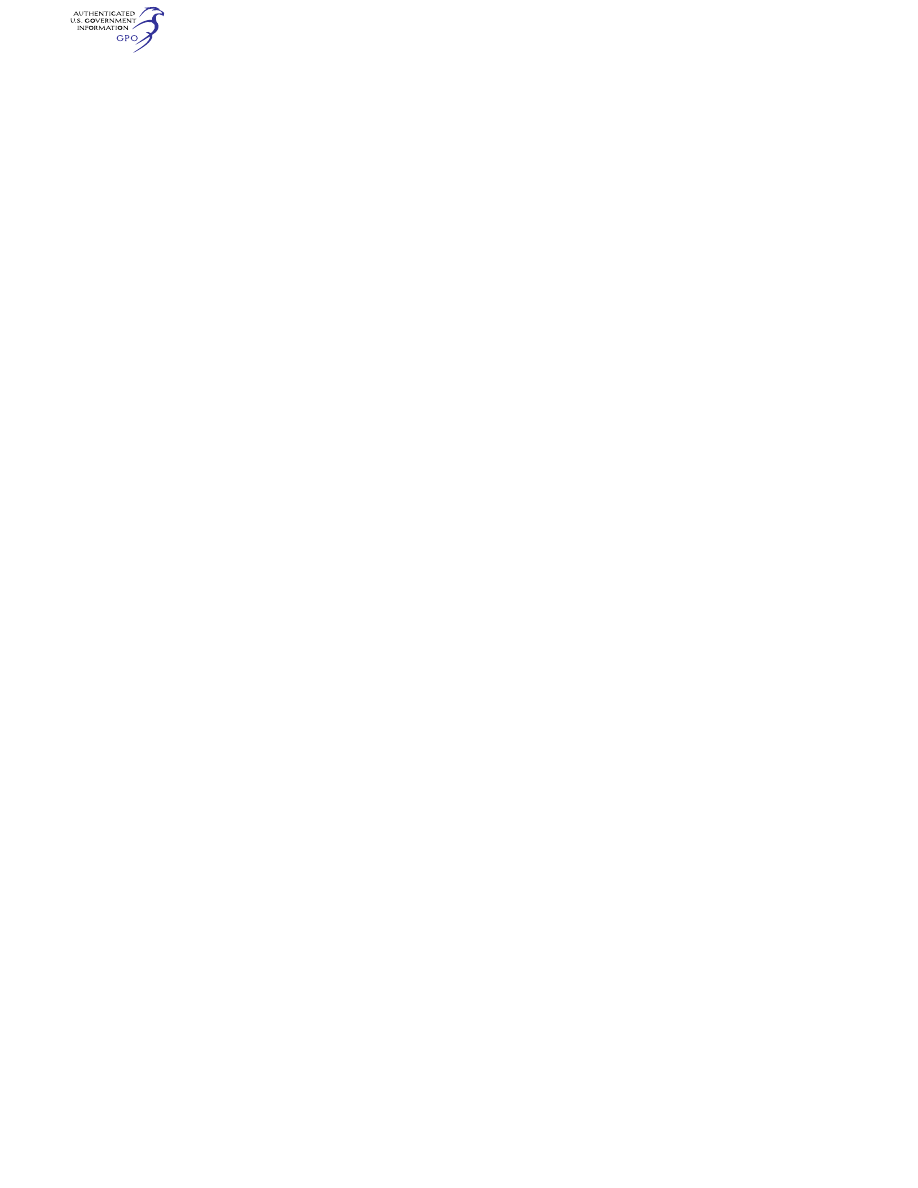
835
Federal Aviation Administration, DOT
§ 171.159
§ 171.155 Minimum requirements for
approval.
(a) The following are the minimum
requirements that must be met before
the Federal Aviation Administration
will approve an IFR procedure for a
non-Federal DME:
(1) A suitable frequency channel
must be available.
(2) The facility’s performance, as de-
termined by air and ground inspection,
must meet the requirements of
§ 171.157.
(3) The installation of the equipment
must meet the requirements of
§ 171.159.
(4) The owner must agree to operate
and maintain the facility in accord-
ance with § 171.161.
(5) The owner must agree to furnish
periodic reports, as set forth in
§ 171.163, and must agree to allow the
Federal Aviation Administration to in-
spect the facility and its operation
whenever necessary.
(6) The owner must assure the Fed-
eral Aviation Administration that he
will not withdraw the facility from
service without the permission of the
Federal Aviation Administration.
(7) The owner must bear all costs of
meeting the requirements of this sec-
tion and of any flight or ground inspec-
tions made before the facility is com-
missioned, except that the Federal
Aviation Administration may bear cer-
tain of these costs subject to budgetary
limitations and policy established by
the Administrator.
(b) If the applicant for approval
meets the requirements of paragraph
(a) of this section, the Federal Aviation
Administration commissions the facil-
ity as a prerequisite to its approval for
use in an IFR procedure. The approval
is withdrawn at any time the facility
does not continue to meet those re-
quirements.
§ 171.157 Performance requirements.
(a) The DME must meet the perform-
ance requirements set forth in the
‘‘International Standards and Rec-
ommended Practices. Aeronautical
Telecommunications, Part I, Para-
graph 3.5’’ (Annex 10 to the Convention
of International Civil Aviation).
(b) It must be shown during ground
inspection of the design features of the
equipment that there will not be condi-
tions that will allow unsafe operations
because of component failure or dete-
rioration.
(c) The monitor must be checked pe-
riodically, during the in-service test
evaluation period, for calibration and
stability. These tests and ground tests
of the functional and performance
characteristics of the DME transponder
must be conducted in accordance with
the maintenance manual required by
§ 171.161(b).
(d) Flight inspection to determine
the adequacy of the facility’s oper-
ational performance and compliance
with applicable ‘‘Standards and Rec-
ommended Practices’’ must be accom-
plished in accordance with the ‘‘U.S.
Standard Flight Inspection Manual.’’
[Doc. No. 10116, 35 FR 12715, Aug. 11, 1970, as
amended by Amdt. 171–13, 50 FR 4875, Nov. 27,
1985]
§ 171.159 Installation requirements.
(a) The facility must be installed ac-
cording to accepted good engineering
practices, applicable electric and safe-
ty codes, and Federal Communications
Commission requirements.
(b) The facility must have a reliable
source of suitable primary power, ei-
ther from a power distribution system
or locally generated, with a supple-
mental standby system, if needed.
(c) Dual transmitting equipment
with automatic changeover is preferred
and may be required to support certain
IFR procedures.
(d) There must be a means for deter-
mining from the ground, the perform-
ance of the equipment, initially and pe-
riodically.
(e) A facility intended for use as an
instrument approach aid for an airport
must have or be supplemented by the
following ground air or landline com-
munications services:
(1) At facilities outside of and not im-
mediately adjacent to controlled air-
space, there must be ground-air com-
munications from the airport served by
the facility. Separate communications
channels are acceptable.
(2) At facilities within or imme-
diately adjacent to controlled airspace,
there must be the ground-air commu-
nications required by paragraph (e)(1)
